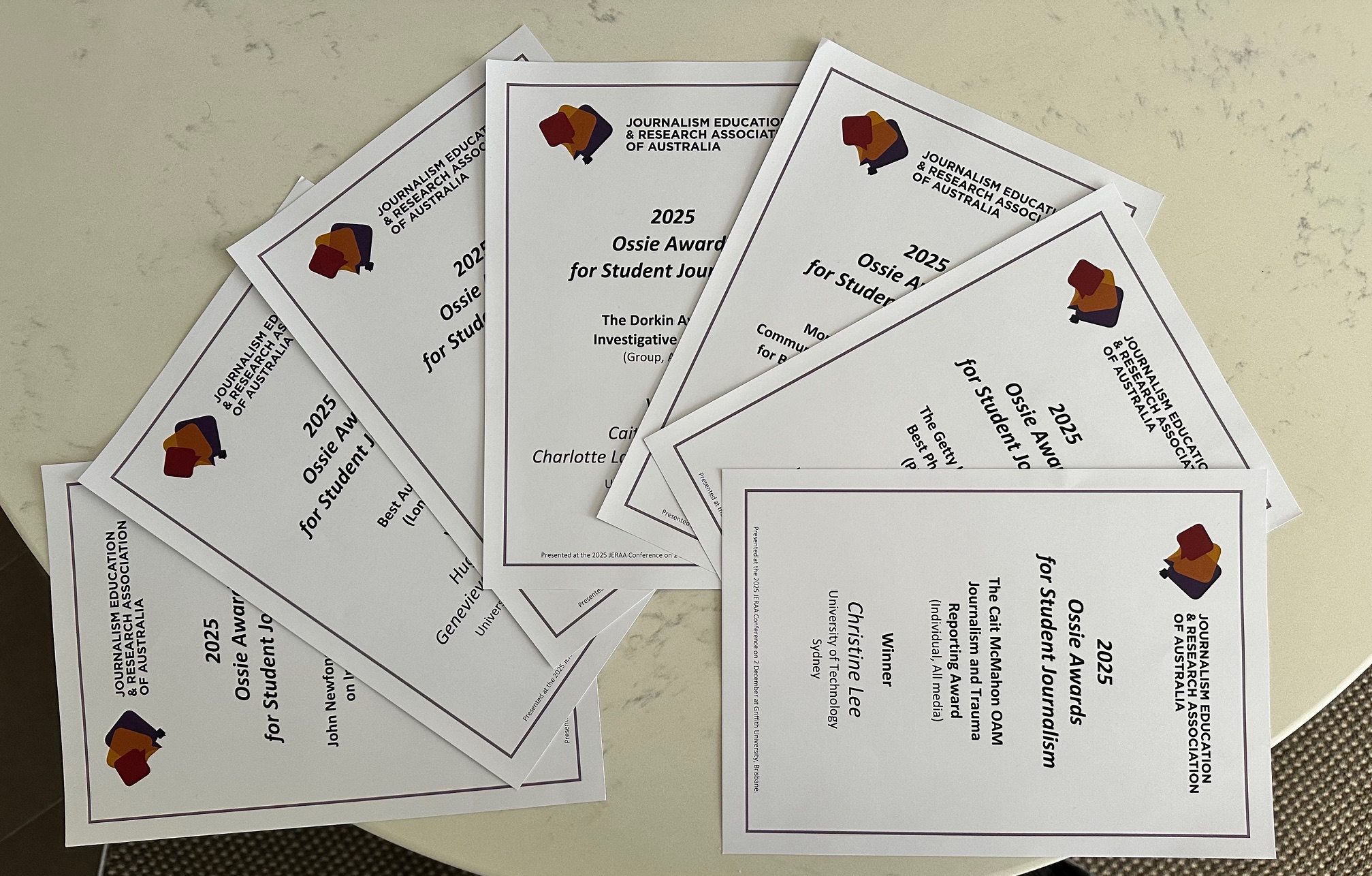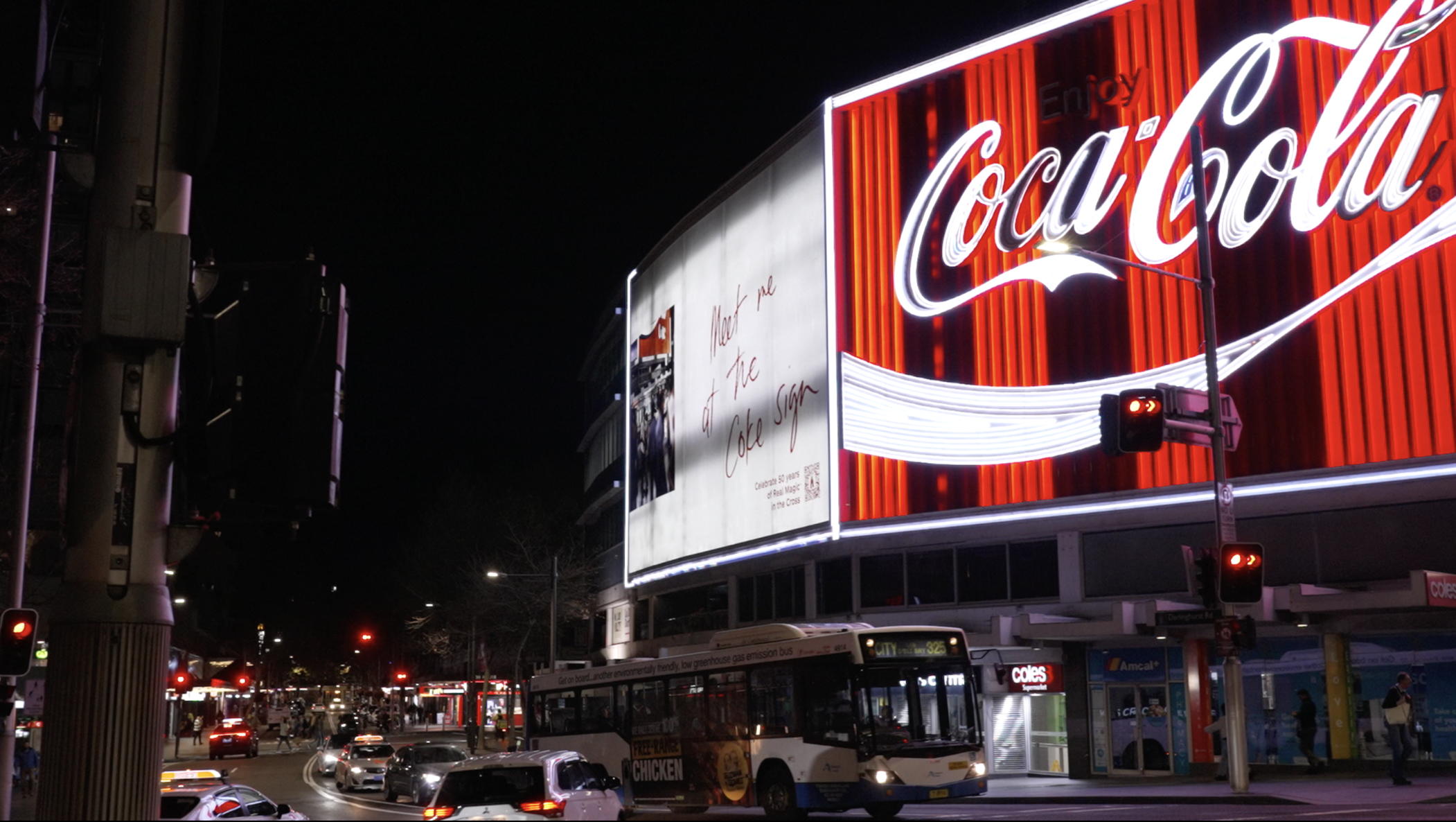Muslim women who wear traditional dress remain the main target for racist attacks in Australia, according to a leading educator.
Recent statistics show women who wear the hijab, a head scarf, or burqa, which covers the face, were the subject of 60 per cent of physical and 79 per cent of verbal Islamophobic attacks.
Amatullah Abdullah, the head of all girls Islamic school Daar Aisha College in Condell Park, said the easy identifiability of Muslim women had made them a common target.
“It’s classic bully tactics,” she told Central News. “You go for someone who is identifiable and vulnerable, they don’t go after the men, they go after the women.
“The media and the narrative of the last two decades have built up in the mindset of Westerners that Muslim males are scary, terrorist, angry guys — reality or not.”
A report by the Islamophobia Register Australia, released earlier in the year, found some Australian victims were also targeted for displaying Palestinian symbols, a factor it said could explain what it described as a significant increase in Islamophobic behaviour after the October 7 attack in Israel and subsequent Gaza conflict.
It cited examples such as a mother with a young daughter being screamed at in a Kmart in Bankstown, for wearing clothes displaying the pro-Palestinian slogan ‘From the river to the sea’.
Abdullah said that because of the support for Palestine in the broader Arab community, all Australian Muslims were now being associated with support for Palestine.
“Muslims have become the representations of Palestinians, who are kind of symbols of Islam and Muslimness,” she said. “And as a result, we’re just being [included] in the horrible, harsh, violent, barbaric mistreatment of the Palestinians [which] is now being justified and normalised because it’s okay if Palestinians are treated like that.”
The Islamophobia Register also raised concerns elements of the media were stereotyping Muslims.
If you succumb to the bully once, you’re always going to be in a position of running and hiding, so that never works.
“Another recurring pattern was the collective attribution of blame, where Muslims as a whole were held responsible for historical or contemporary events,” the report said.
Central News spoke to a number of mosques in western Sydney, including Lakemba, United Muslims of Australia and Condell Park, who said there had been a spike in written intimidation around the Holy Month of Ramadan in March, where Muslims fast from sunrise to sunset for 29-30 days.
During Ramadan the newly opened mosque Bayt Al Islami (House of Islam), received hate comments in a TikTok video that read “I’m about to Christchurch 2.0 this joint”, in reference to the massacre of 49 people in two mosques in Christchurch six years ago by an Australian gunman. NSW Police arrested a 16-year-old from Western Australia following the incident.
Abdullah, who is also head of the women’s section of Condell Park Mosque, said death threats were not uncommon and at times highly detailed.
“Now they (NSW Police) take (mosque threats) more seriously because of what happens on social media,” she added.
“When we were in Lakemba, we received a death threat in a letter form saying, ‘we are going to do to you what we did to the Bosnians’, and wrote out what they were going to do.”
“[At the time] they (police) said, ‘Oh, that’s not nice,’ and ‘So, how did you interpret this letter?’”
“I felt like it was the approach of, ‘it’s probably just an idiot, don’t worry about it too much’.”
The Islamophobia Register Australia said there was a lack of safety on Australian streets for Muslims, and particularly Muslim women, causing further isolation and exclusion by targeted groups.
“If you succumb to the bully once, you’re always going to be in a position of running and hiding, so that never works,” said Abdullah. “You have to maintain visibility but also remain visible.”
Main image by Mariam Sabih




























